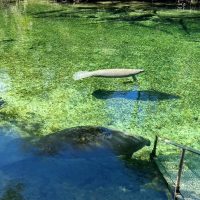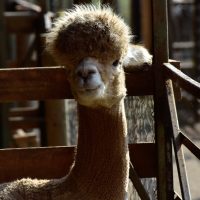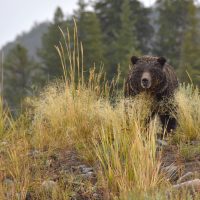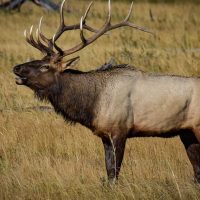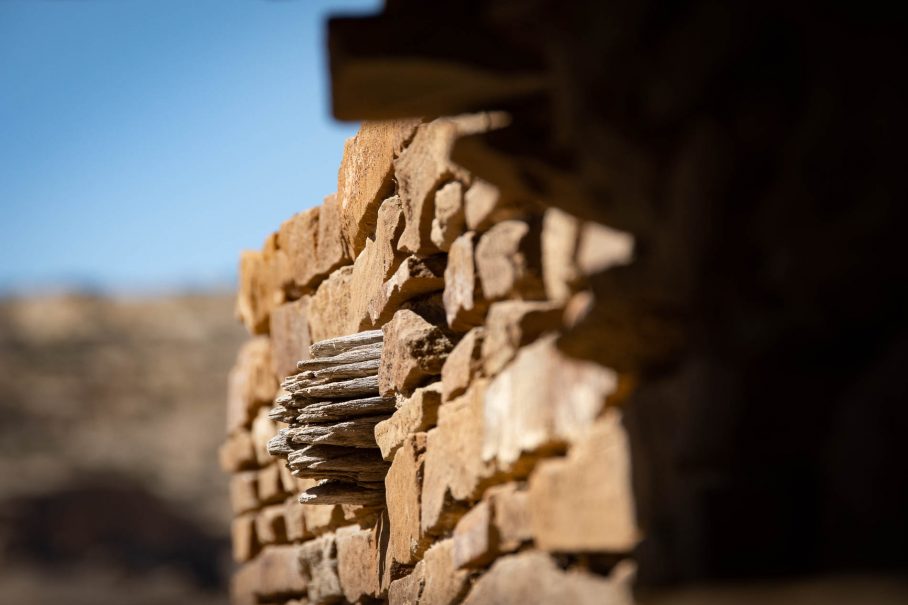
We’ve called them many names in the past. They were the Anasazi, the Ancient Puebloans, and today, at Chaco Canyon, they’re called “Chacoans,” or just “Chaco People.” The truth is, none of the names we’ve made up over the centuries really fits, and we have no idea what they called themselves.
What we do know is that Chaco Canyon was the cultural, political, and economic center of these ancient people from around 850 A.D. to 1250 A.D. It’s thought that thousands of people lived here while roads were built and maintained throughout their area of influence.
We visited Chaco Canyon recently and walked among the many ruins, enjoying the landscape and the isolation of this northern New Mexico National Historic Site. The closest town is Farmington, and getting to Chaco Canyon took a bit of determination. Starting from State Highway 505, we turned off on County Road 7950 and drove about five miles until the pavement ended. We then proceeded along a dirt road that was minimally maintained for another thirteen miles, then another five miles over a road that was not maintained at all. We made it okay, and so did lots of other folks. The one small campground was full.
There were two first-come, first-served campsites. All others were by reservation only. Part of the campground is currently closed because the nearby rock walls are tending to fall, making for a potentially hazardous tent site.
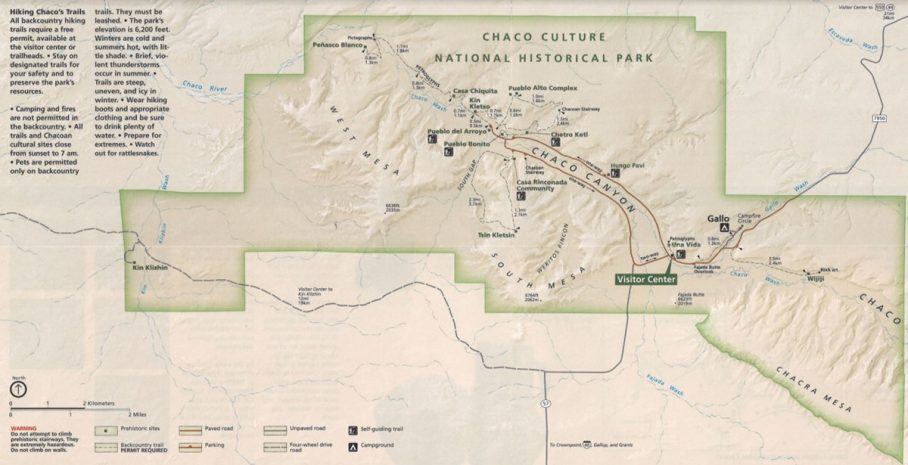
There are several hiking trails within the park, but for this trip, concentrated mostly on the various pueblos that were situated along the loop road from the visitor’s center. Below are a few images we made along our way; mostly from Pueblo Bonito. This massive pueblo was thought to house a thousand inhabitants, and it’s a truly believable number. we encountered a volunteer ranger at the site that was able to tell us a great deal about the structure and what we believe to be true about its history. If you visit, be sure to seek these folks out. they have a great deal of knowledge and are willing to share.



